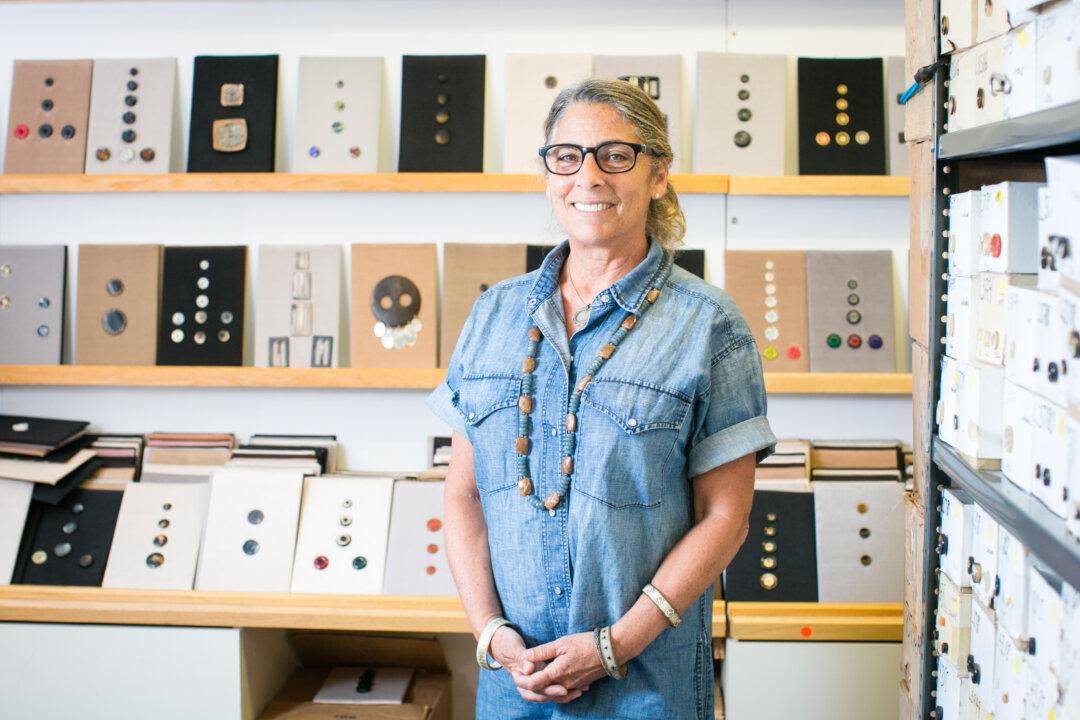On April 14, the Fashion Institute of Technology (FIT) was swarming with VIPs who had come to see the work of FIT’s senior students. It was the day when the soon-to-be graduates’s hard work culminated into an exhibition where their garments would be seen by judges and critics of note.
Only the best would would earn a spot on the runway at the Future of Fashion Graduates’s Collection show in each of the specializations: intimate apparel, special occasion, knitwear, children’s wear, and sportswear.
Judges included Colleen Sherin (senior fashion director for Saks Fifth Avenue) and critics included designer Reem Acra and Phillip Lim, as well as Jason Mahler and Annalise Frank from American Eagle Outfitters. And it’s not every institute that has Francisco Costa, head of women’s creative director at Calvin Klein, drop in. He was neither critic nor judge but came to see the students’s work.
Walking into the Fred P. Pomerantz Art and Design Center at FIT, it was clear where most innovation was taking place. Out of the 200-plus garments on display, at least 60 were in knitwear.
Having majored in knitwear myself when I studied fashion design in Melbourne, Australia, I have followed from afar how this fashion genre has been developing over the last 30 years or so. It has to be said that it rarely evolves in the same leaps and bounds as does fashion that uses woven materials.
However, judging by the FIT students’s passion for it, soon a movement may be afoot.




